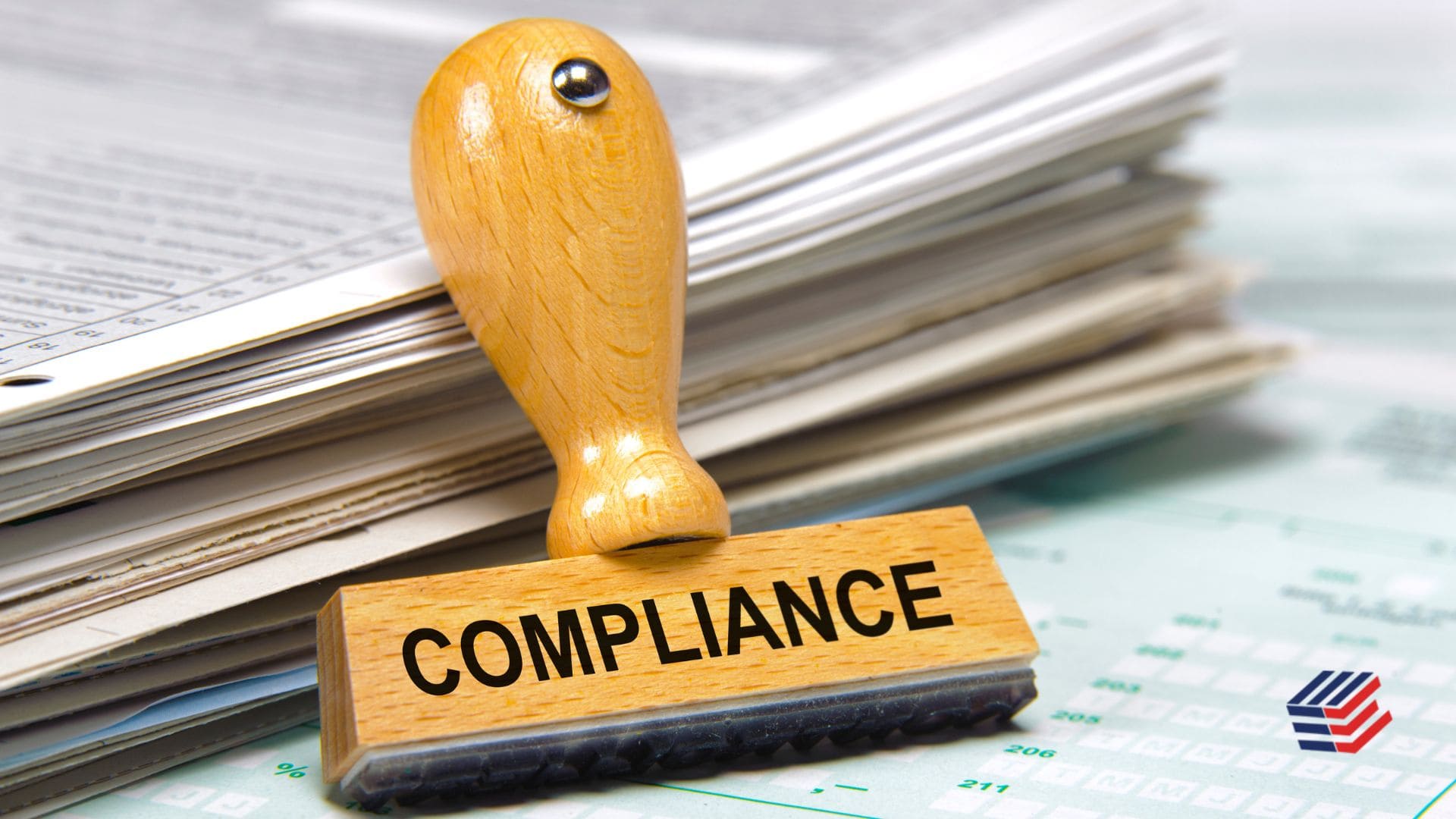Providing new hires with an onboarding process that is efficient is critical to their success both within and outside the organization. Implementing a process that doesn’t work well will have the opposite effect, employees will leave the training program without the information they require to perform their new role and be underprepared for the challenges ahead. This could lead to lower retention and engagement as well as higher costs and low productivity, all of which are avoidable.
The onboarding procedure needs to be altered when you discover shortcomings. Have no idea where to begin? These suggestions can help you improve your onboarding process.
Set your goals at the start
What do you aim to achieve by the end of the program? What kind of skillsets should a new hire have mastered by the time they complete onboarding? Use that as a foundation to figure out what kind of training, knowledge, or activities will help them achieve that goal.
Recognize potential problems with the current process
Creating a new plan that is successful with future employees requires first identifying why the existing method is ineffective. When implementing a new onboarding process for new hires, use insight from those who found the old approach ineffective. As new hires go through the updated procedure, get their input so you can make any necessary improvements.
Ensure new hires understand the company culture
Begin early in the day. Every engagement with a possible new hire, including the job description, the initial email outreach, and the interviews, is an opportunity to demonstrate and exemplify the company’s culture and ethos. Ensuring that recruits grasp the company’s core values upfront helps to avoid buyer’s regret.
Be customer-oriented with your employees
Treat employees like customers and consider the onboarding process for any new hire the same way you would when dealing with a customer. To be successful, any onboarding process must start with understanding, encouragement, reassurance, openness, and communication.
Determine what has worked in the past
Take a step forward and don’t worry about getting everything perfect right away. See what previous employees have found to be an effective onboarding process and use those ideas to replicate what works for your organization. Then implement those ideas and gather as much input as possible as rapidly as possible to iterate your way to success.
Be more interactive and social in your approach
Several companies have had to rethink their onboarding procedures in order to accommodate employees working remotely during the pandemic. Here are a few practical ideas: Even if it’s virtual, give visitors an introduction and a tour. Offer engaging interactive tasks that engage all types of learners. Promote interaction between newly hired staff and those who have been with the company for a while. Ask for suggestions on how to make the next onboarding even better.
Get the opinions of top-notch employees
Consider the opinions of your best employees who have just completed the training and onboarding process. Asking them probing questions about their experiences can help you understand where the training needs to be improved. Also, if it isn’t beneficial, training content that isn’t relevant can be deleted or eliminated.
Preparation is the key to success
When ineffectiveness is detected, act quickly to remedy the situation. Whether it’s a long, inefficient process that can be streamlined with new technology or outmoded components of the process itself, we need to be flexible and ready to make changes when we see something isn’t working.
Everything should be automated
Automate everything because human mistakes and manual labor are typically to blame for communication breakdowns. Make sure your prospect gets regular touchpoints before and after they start. Make certain managers are aware of their responsibilities; onboarding should not be left only in the hands of HR. The manager has the ultimate responsibility for ensuring that their employees get off to a good start.
Make yourself a part of the onboarding process
Starting with your own onboarding, look for areas that need an update or revision. Then, ask new hires who have just gone through the onboarding process for their thoughts on how to make it a better experience for everyone. Redesign the onboarding process based on what you’ve learned here. Include both corporate-wide and department-specific data
Do not stop updating the process
Onboarding should be constantly improved. New hire check-in questionnaires can help sessions be more effective by gathering feedback from the cohort. Prepare compelling content that is offered by cross-functional teams and small and medium-sized enterprises (SMEs). Onboarding classes should include team-building exercises as well. As an illustration, setting up a Q&A session with a “Meet your colleague” session might assist new hires to connect with the company’s vision and mission.
Include the department’s senior leaders
In order for employees to feel engaged after the orientation, make sure your onboarding is interesting and incorporates department leadership. Also, find out what works best for each division in terms of successfully integrating new employees. Some managers are able to come up with brilliant ideas. If the employee has questions and their supervisor isn’t present, assign them to a buddy or mentor.
Design the onboarding process to achieve specific goals
Design your onboarding process with the end in mind—what should the person learn, achieve, and experience (and when)? All too frequently, the emphasis is on achieving a few goals. It’s possible to resolve this by stating the desired results as precisely as possible and then collecting input on the progress made and taking corrective measures.


